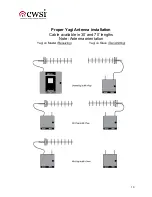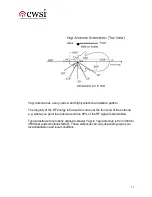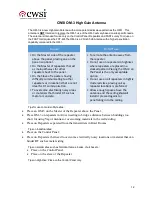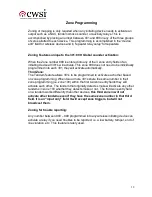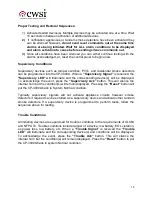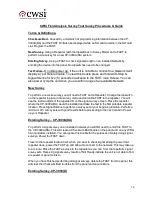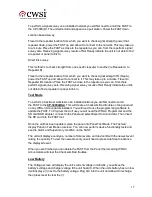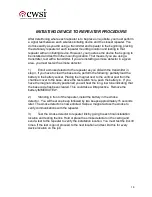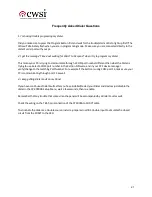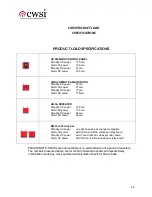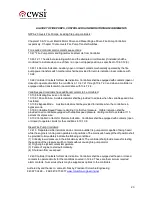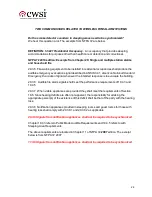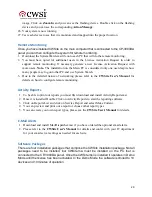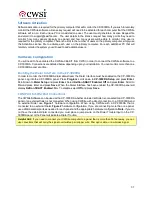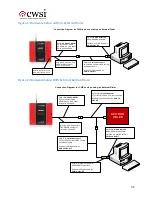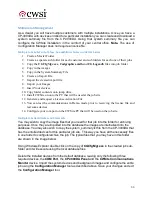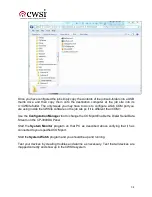
24
TWO COMMON ISSUES RELATED TO WIRELESS FIRE ALARM SYSTEMS
Do the smoke detector sounders in sleeping areas need to be synchronized?
We hear this question a lot. The excerpts from NFPA 72 are below.
DEFINITION: 3.3.227
Residential Occupancy
.
An occupancy that provides sleeping
accommodations for purposes other than health care or detention and correctional.
NF
PA 72 2010 edition: Excerpts from Chapter 29: Single and multiple station alarms
and household fire
29.3.5 Fire-warning equipment to be installed in residential occupancies shall produce the
audible emergency evacuation signal described in ANSI S3.41,
American National Standard
Emergency Evacuation Signal
, whenever the intended response is to evacuate the building.
29.3.6 Audible fire alarm signals shall meet the performance requirements of 18.4.3 and
18.4.5
29.3.7 When visible appliances are provided they shall meet the requirements of Section
18.5. Since hearing deficits are often not apparent, the responsibility for advising the
appropriate person(s) of the existence of this deficit shall be that of the party with the hearing
loss.
29.3.8 Notification appliances provided in sleeping rooms and guest rooms for those with
hearing loss shall comply with 29.3.8.1 and 29.3.8.2 as applicable.
29.3.9 Signals from notification appliances shall not be required to be synchronized.
Chapter 18.4.3 refers to Public Mode Audible Requirements and 18.4.5 refers to with
Sleeping Area Requirements.
The above requirements are located in Chapter 11 of NFPA 72
2007
edition. The excerpt
below is from NFPA 72 2007
11.3.8 Signals from notification appliances shall not be required to be synchronized.
Содержание CP-3000A
Страница 21: ...20...

